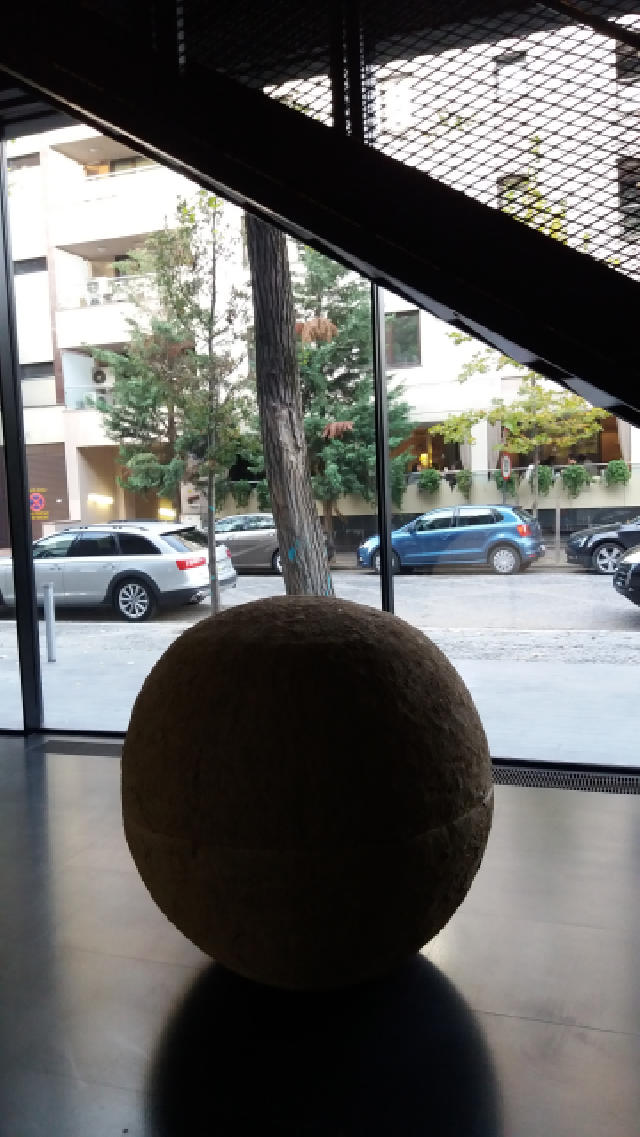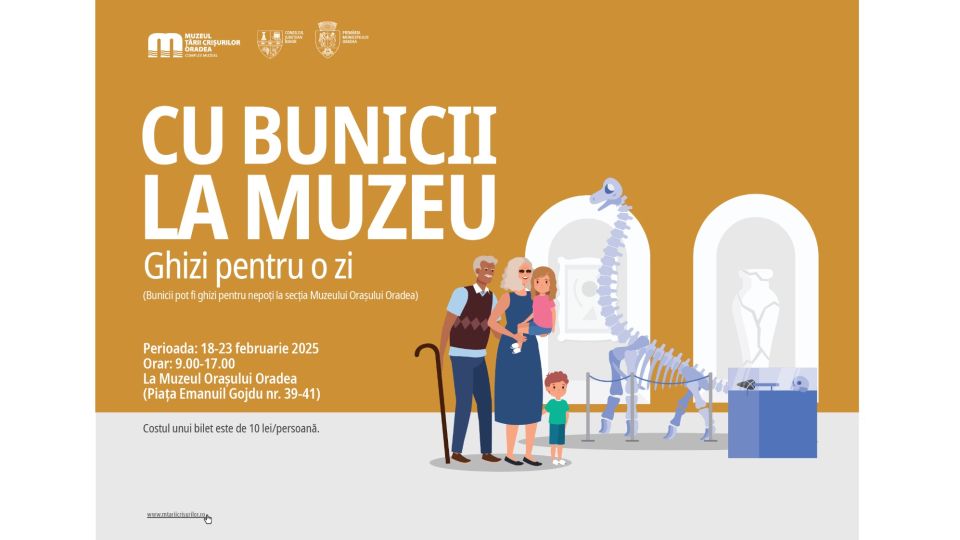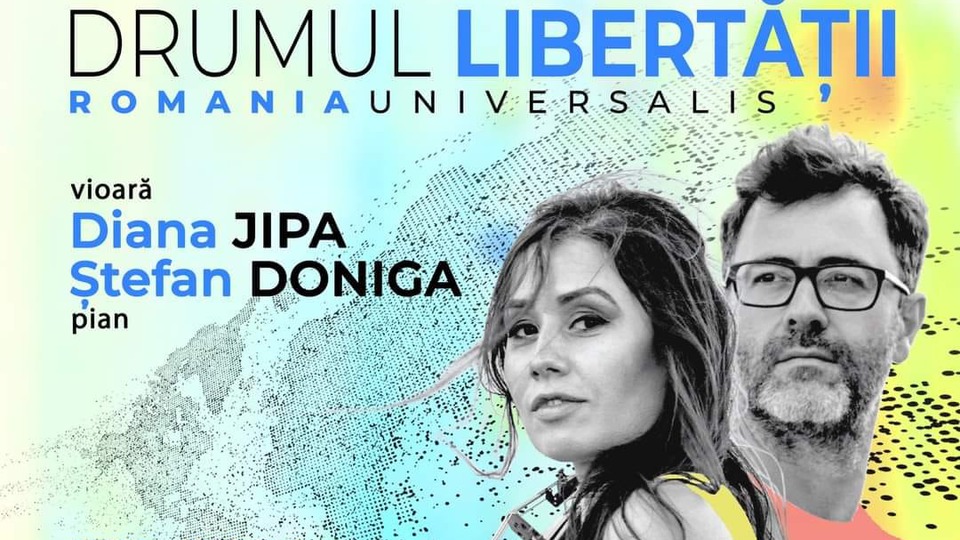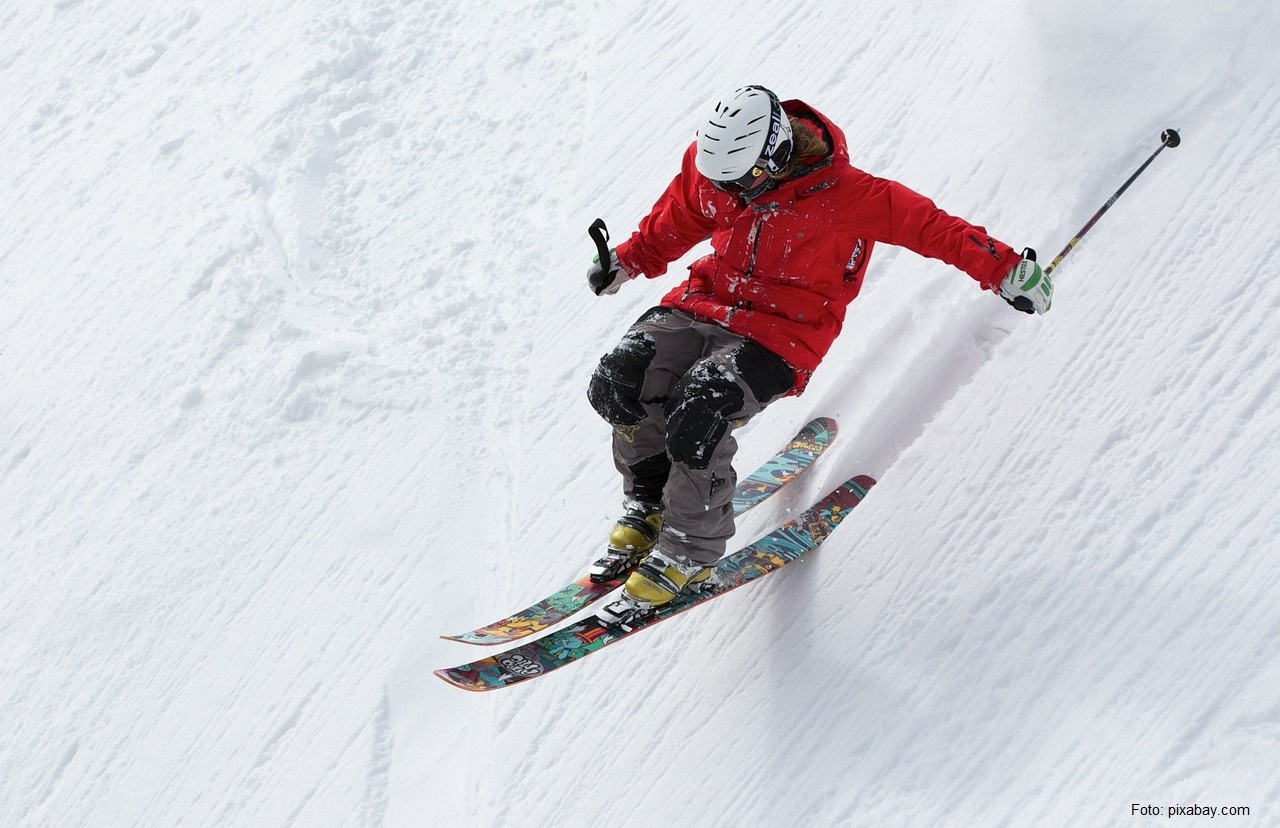The Romanian Art Sports Club
Today you are invited to accompany us to a museum that opened in 2018, the Bucharest Museum of Recent Art

Ana-Maria Cononovici, 24.08.2021, 14:00
Today you are invited to accompany us to a museum that opened in 2018, the Bucharest Museum of Recent Art. In May this year, an original exhibition was inaugurated here, and we talked about it with art historian Erwin Kessler, founder and director of the museum. The exhibition is entitled The Romanian Art Sports Club (Sport in Romanian Art from 1900 to Our Days).
The exhibition charts the extremely diverse landscape of interest in visual arts towards sports and fitness in Romania. It has 53 works of art, painting, drawing, sculpture, photography, video, and installations. They are made by 48 Romanian artists, and they come from 12 Romanian museums, nine private collections, and four art galleries, as we were told by Erwin Kessler:
“This is the most ample collaboration we’ve had so far. Among the works we exhibit are patrimony, even treasury pieces, and bringing them to the museum was a considerable effort for us. It is an exhibition that covers an ample period, from 1900 to 2021. We prepared this exhibition for 14 months, and we realized that this year there will be an overlap between two major sports events, the Olympics, and the European soccer championship. We thought that, even if we are no longer a powerhouse in sports, we can showcase the successes that Romanian sports had in the previous century.
Erwin Kessler told us that he is aware that an association being made between art and sports is unusual: “That’s right. Everyone was surprised. It seems a contradiction in terms, dealing with sports when you deal with art. Well, art has been concerned with sports, and this is visible for anyone, even without ever stepping foot in an exhibition. We made a catalog, very special in aspect, a stadium, which has not only photos, but also introductions to Romanian art dealing with sports. This is exemplary of an entire process that started sometime in late 19th century, early 20th century, when, in addition to art, an essential element in the rise of Romanian society, sports clubs started being visible socially. Art and sports share the same boat of modernization. They are both virtues.
Among the artists that have depicted elite sports, Erwin Kessler recalled Luchian and Grigorescu, in terms of horse riding, but also Brauner and Mattis-Tuetsch referring to boxing. The exhibition also illustrates the second half of the 19th century, in which artists depict sports in art that reflects mostly Communist propaganda. And then we get back to the present.
Here is Erwin Kessler: “After 1989, younger artists mostly, critical artists, see sports with very different eyes, as our exhibition shows. This view turns sports from a virtue to a vice, a vice in the Communist period, which manipulated sports heavily, and everything that has to do with physical education and conscience. This criticism becomes a lever in the hands of young artists in terms of dismantling the positive associations of sports. The second wing of our exhibition, the post-1989 wing, is representative of this attitude: tough works, which expose everything that the commercialization of sports entails.
We asked Erwin Kessler to describe for us the most provocative exhibits they have on display: “Among the most provocative works I could present, I would mention a truly exceptional collection, not really seen so far, presented in a glass case, with all Gheroghe Dinu’s club IDs. His real name was Stephan Roll, and he was a left wing athlete, starting in the interwar period. We can see the trail of his avantgarde life in his club IDs, from so-called bourgeois registration cards to the Communist ones. This shows a certain ideological continuity: the sports promoted by the avantgarde is a type of sports that prepares the athlete artist for the real confrontation, that with security forces, in order to pursue the revolution. This is the essential aspect of the avantgarde physical preparation: developing the capacity to resist repression, to train a body fit for the proletarian revolution. It is an important element which cannot be ignored.
Erwin Kessler added: “In contemporary art, I would say that one of the strongest pieces we have is the 1977 movie by Ion Grigorescu, called simply Boxing, an art film, a film made with equipment largely made by the artist, a very edgy movie in which the artist is soundly beaten by his own shadow. Even before 1977, this idea of fearing one’s own shadow was widely encountered in Communist society. In contemporary art, I think it is worth paying attention to some very interesting paintings we have, Stefan Constantinescu, The Gymnastics Hall. It is based on a photo found in the ’80s, a typical Communist gymnastics hall, and the painting was made in the ’90s. It depicts a call as a cathedral dedicated to quasi-religious activities, in which young people are lined up in detachments. I would also mention an extraordinary work, from a private collection, a painting of a boxer by Hans Mattis-Tetsch, an extraordinary work from the 1950s, in which the artist tries to show the elitist character of sports between the wars, painting a boxer with perfectly ironed trunks.
The exhibition will be open until September 19.






























